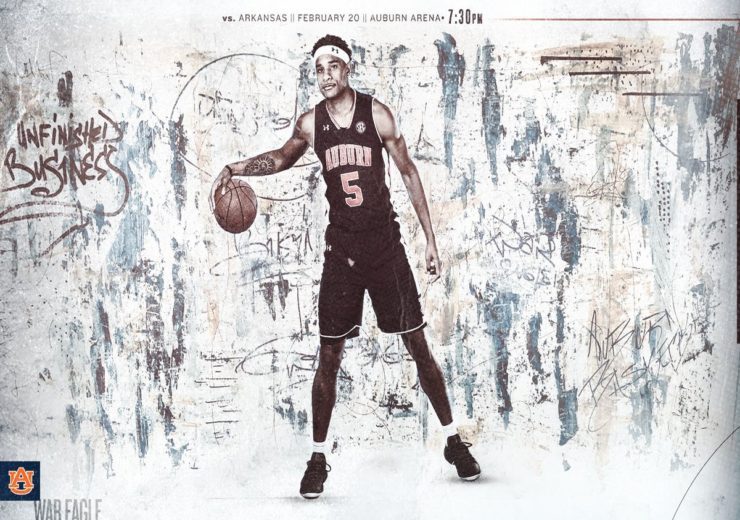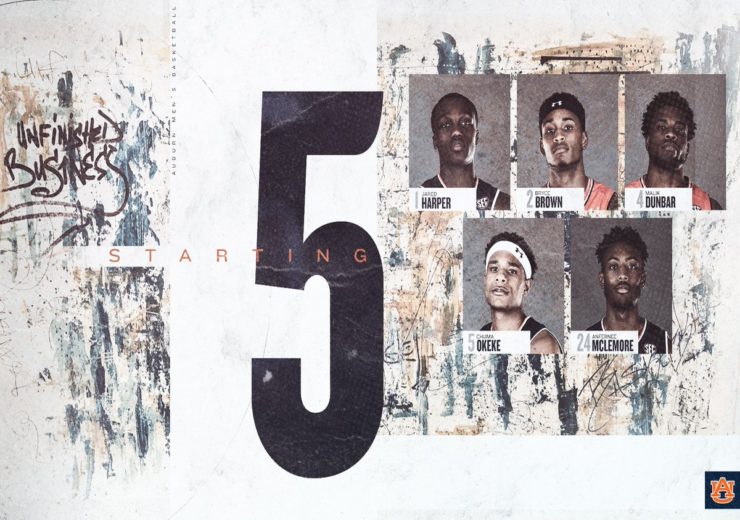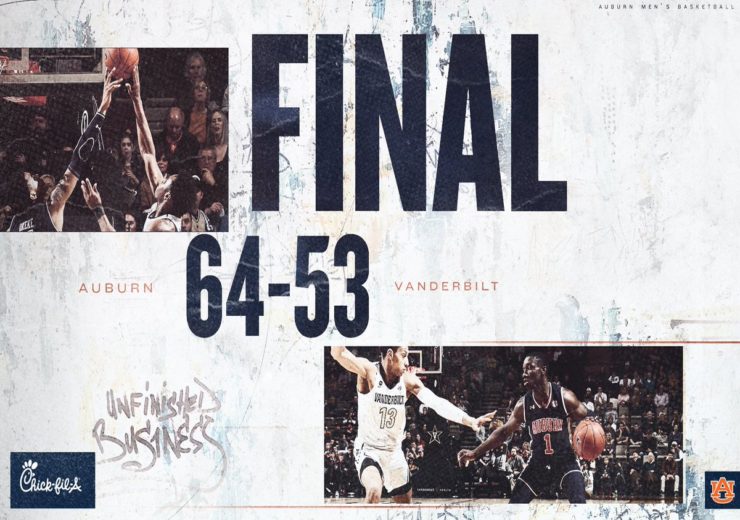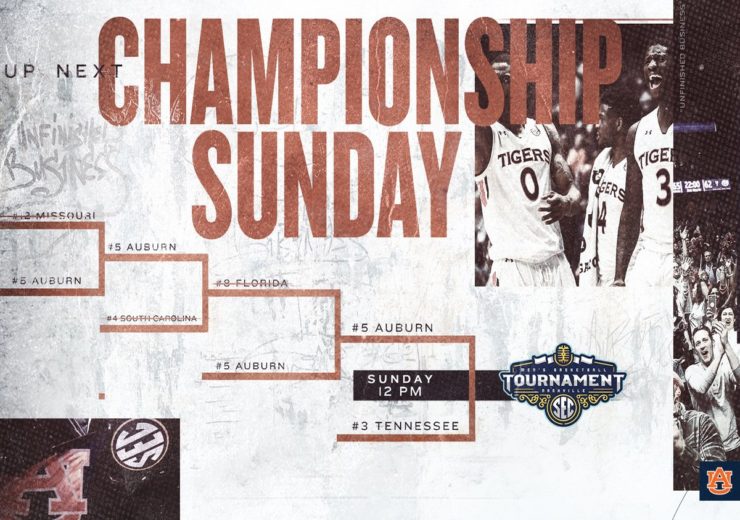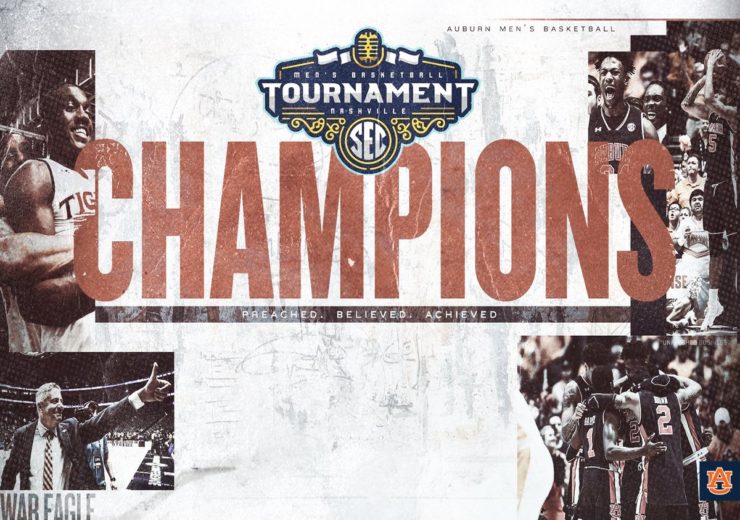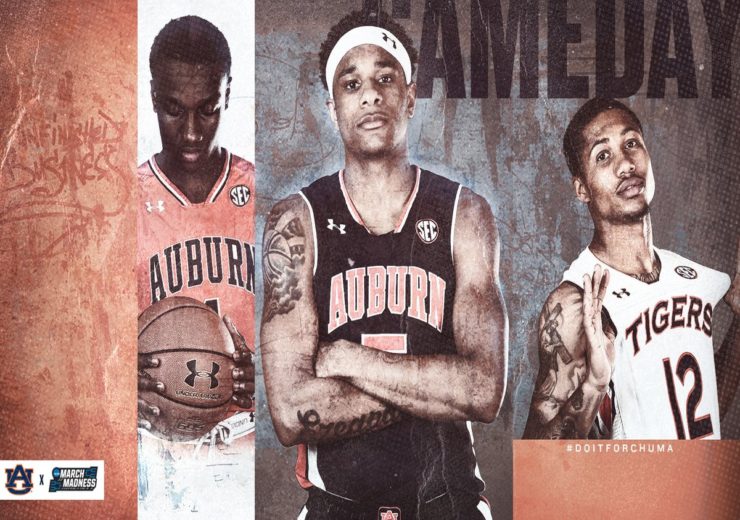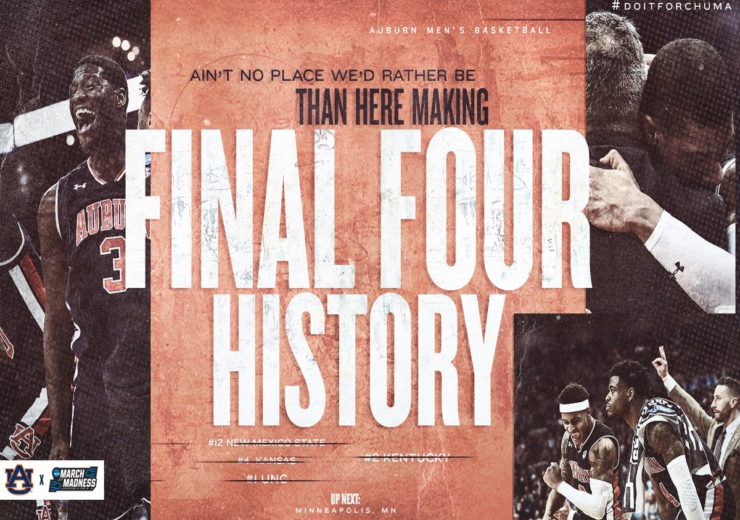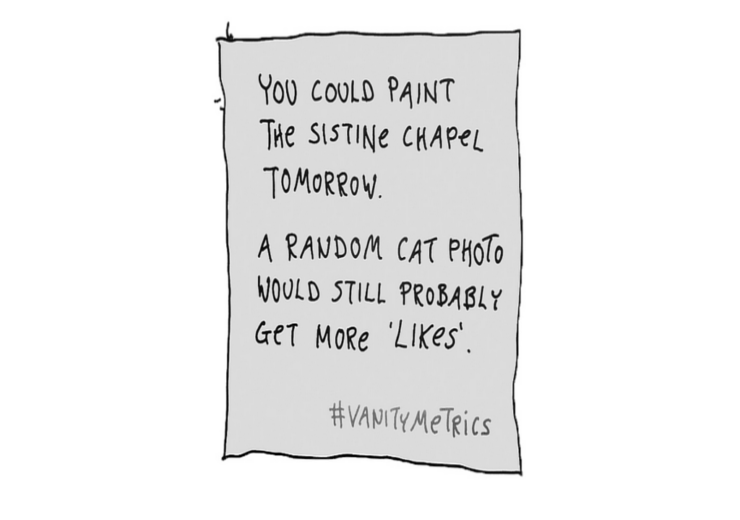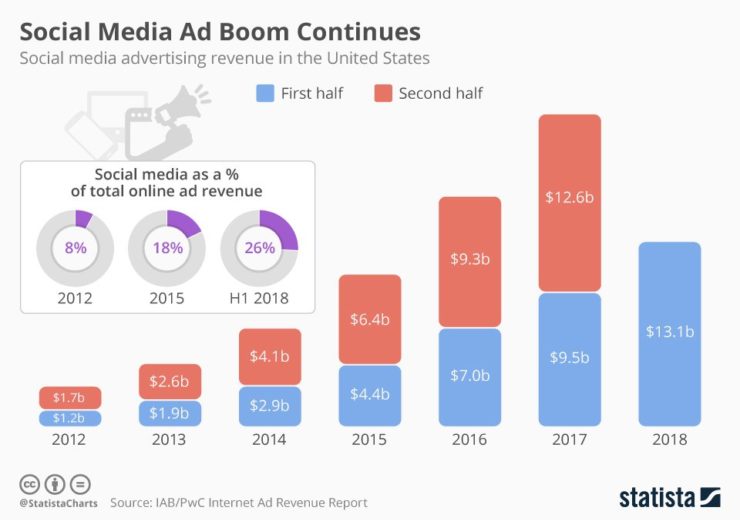It’s no secret that I’m a devoted, crazy and loyal Auburn alum. And while I try my best to stay neutral on this blog, it’s time I give Auburn basketball some much-deserved love.
As a program, Auburn Basketball has stepped up in every way. From elevating their play to rallying people on campus around the program, everything has been taken to another level. Digital included. This blog, of course, tackles some of the digital piece.
On the digital side, their team has been
1- Craft a narrative.
Auburn had a strong 2018 season, but it left more to be desired. The marketing team at Auburn recognized that. And, they weren’t afraid to play into it, crafting a narrative around the idea of “unfinished business”.
This narrative allowed Auburn to create a story arc throughout the season and gave their content purpose. Each piece was a chapter in their story filled with the highs and lows. That’s incredibly powerful.
Every team should be asking, “what’s our story and how can we own it?”. Define your narrative. No, that does not mean a new hashtag. It means finding your sharp point that guides your creative, content and makes your POV unique.
Your narrative can be inspired from a variety of places whether it’s the team’s personality, fan expectations, the past season or something rooted much deeper in the brand’s DNA. Find that big idea to rally around. Create some tension. Make your content ladder back up to the broader idea.
2 – Own your visual identity.
Auburn Basketball has a
There is no arguing that Auburn’s look and feel is literally one-of-a-kind. If you scroll through your feed and see one of their graphics, you instantly know it’s theirs. There’s equity in that.
In a sea of sameness, strong visuals help teams stand out in-feed. Don’t just create a look and feel that is strong. Create one that is ownable and instantly recognizable.
3 – Don’t shy away from the journey.
Auburn’s basketball video content is some of the best around. Period. They have incredible access to the team, a cinematic style of shooting, brilliant editing and perfectly picked music. The content pulls you in, gets you hyped and makes you feel part of the journey.
While there are a million takeaways from their video production, one of the things I appreciate most is they don’t shy away from the hard times. Throughout this entire season they have let fans in.
Their digital team has chronicled the highs and lows, the “tough love” talks and the “on top of the world” talks. They have given fans an incredible look at the team’s journey. And, it’s made the destination that much more rewarding.
Words won’t do Auburn basketball’s video content justice, so just watch some of the goodness. Think about all the breadth and depth and how much they’ve let fans in.
Sometimes in sports, we shy away from the hard times completely. I get that we never want to put the team in a bad light, but there’s more to the story then just the wins. Tension and owning the lows, when done right and thoughtfully, is incredibly powerful. The fact that Auburn chronicled the highs and lows made the team more endearing, relatable and easy to root for. Our jobs aren’t to just celebrate the highs but also celebrate the journey.
Auburn is a great example of how to cover the tough times and do it well. The arc of the highs and the lows helped their fans build a personal relationship with the team. It pulled them in. Made the team feel human. And, it gave fans an extra reason to care because they saw the struggles as well as the highs.
I understand that “celebrating the journey” is nuanced and complicated, but it’s important to think through it. Some transparency, tension and owning your story builds empathy and a personal connection. After all, isn’t everything in this life filled with highs and lows? Don’t be afraid to own the full story in a way that’s right for your brand.
Auburn basketball’s digital presence is a powerful example of how to own your story. From crafting their narrative to a distinct visual identity and telling their complete journey, their team has left zero holes in their story. It’s a powerful lesson for us all in owning and our brand and our story like no one else can.
